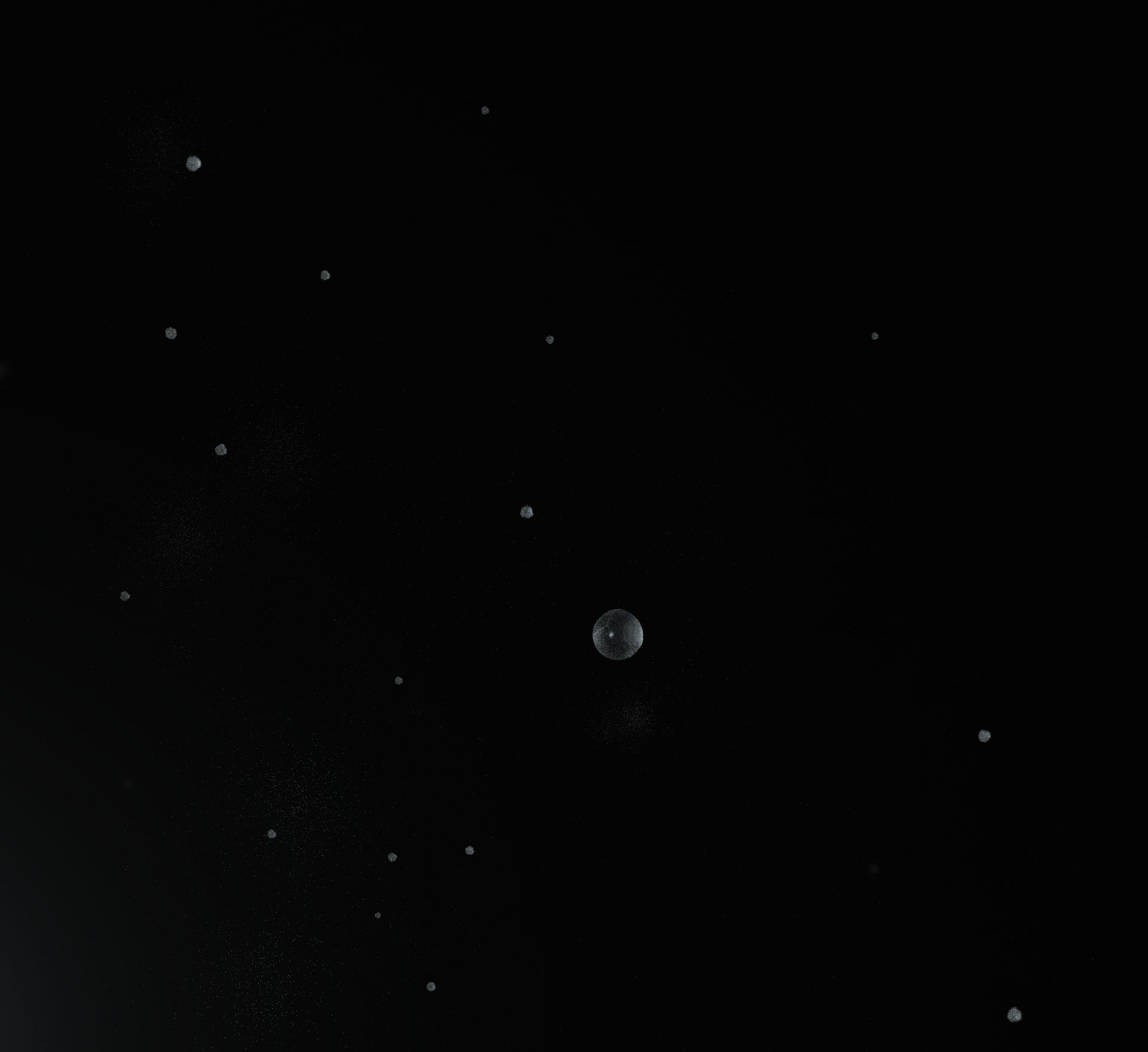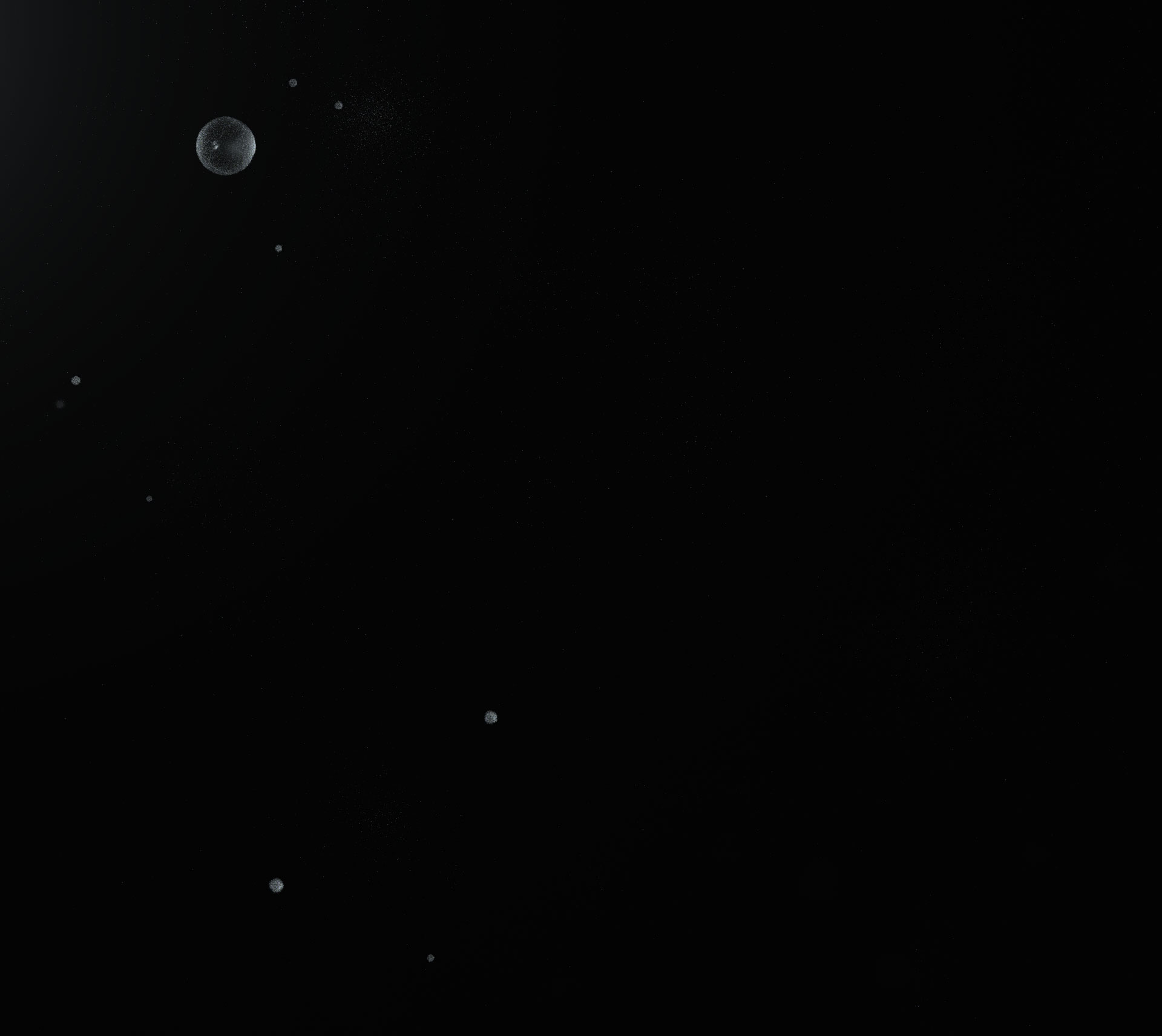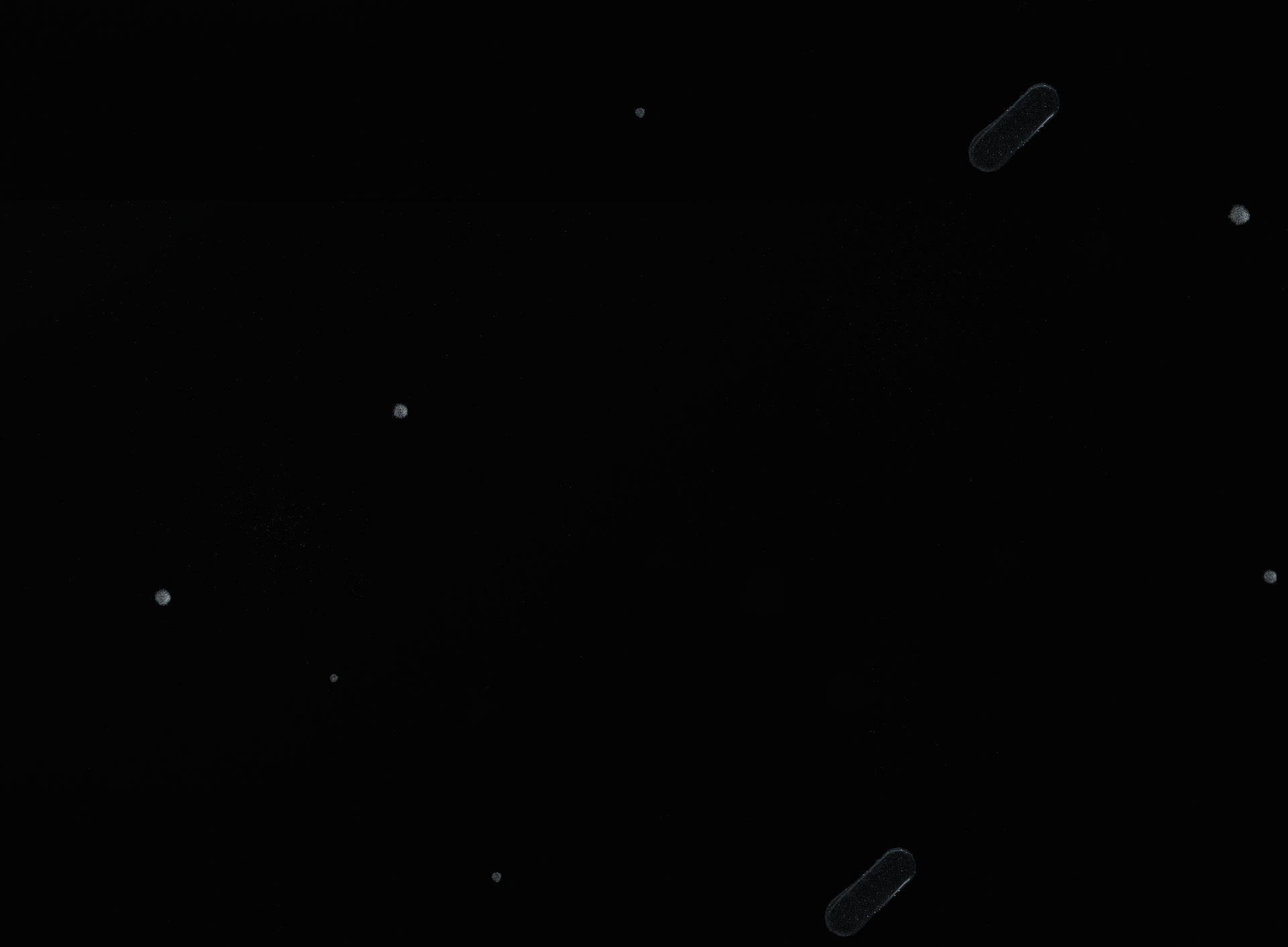


The second 300kV cryo-EM up and running, apply for Krios G4 free trial now
date:02/24/2022As the first official production Krios G4 in China, the internal test data shows that the data quality meets the requirements of high-resolution structural model analysis, and now we are launching a three-week trial run to recruit free trial volunteers to feel the quality and efficiency of the newly installed G4 data collection first.
Thanks to the technical innovation of sample preparation, electron probe imaging system and software algorithm, cryo-EM makes it possible to analyze the 3D structure of biomolecules at the near-atomic level.
The structure-based research exploration and industrial applications rely heavily on advanced, stable instrumentation and a sound, efficient project operation and maintenance system to reconstruct accurate and complete target protein structures with clear details in as short a time as possible.
As the first commercial structure resolution platform in Asia with a 300kV top-of-the-line cryo-EM, Shuimu BioSciences cryo-EM Center has successfully resolved atomic-level resolution structures of ion channels [1], GPCR [2], antigen-antibody complexes [3-7], spliceosomes and other biological samples.
In order to better implement the original intention of "quality-based, accelerated structure resolution", Shuimu BioSciences introduced the second 300kV Cryo-TEM, Thermo Scientific Krios G4 at the end of June. After two months of commissioning and internal standard testing, the Krios G4 is now officially in trial operation. 20 Krios G4 free trial volunteers are recruited and 500 free micrographs are available to experience the quality and efficiency of Krios G4 data collection.
About the recruitment of G4 free trial
The recruitment of free trial volunteers is open to researchers from non-profit research institutes.
Shuimu BioSciences assesses whether the protein properties and status meet the frozen sample preparation requirements based on the negative staining results, and after obtaining the free trial volunteer qualification, please send the protein samples or prepared carrier nets to the Shuimu BioSciences cryo-EM Center by October 30.
Data collection service based on Thermo Scientific Krios G4 Cryo-TEM will be provided by Shuimu BioSciences free of charge, specifically including frozen sample preparation (optional), 500 photos data collection.
Please forward this WeChat to your friends and collect 20 likes, and send a screenshot of the likes in the background of Shuimu BioSciences Public, we will contact you within 1 working day to confirm the sample information and selection, the application deadline is October 26th.
Any questions, please contact hi@shuimubio.com or call +1 6175993866.
About the Shuimu BioSciences in-house Krios G4
The auto-alignment routine ensures that the cryo-EM is adjusted to the ideal starting point for data acquisition, and the G4 data acquisition rate is significantly increased by taking advantage of Aberration-free image shift and the performance of acquiring more images per well in Fringe-free imaging mode. The Shuimu BioSciences in-house Krios G4 cryo-TEM is also equipped with a Falcon 4 camera and Phase plate solution to significantly improve data acquisition throughput while ensuring imaging quality.
At present, the Krios G4 instrument has completed the commissioning and internal testing, and the results of the Apoferritin protein test are summarized as follows.
1) Significant improvement in shooting efficiency, with the number of 3300 photos collected in 10 hours of operation in AFIS mode.
Figure (a) Image of Apoferritin recorded as an EER file.
Figure (b) Power spectrum from the image in(a).
Figure (c) Local resolution map displaying local resolution colored from highest resolution (blue) to lowest resolution (red).
Figure (d) Fourier shell correlation curve for 3D reconstruction.
Figure (e) Densities of density map.
Note: Data were collected on the Krios G4 cryo-EM operated at an accelerating voltage of 300kV with a 50 μm C2 aperture at an indicated magnification of 120kX in AFIS mode. A Falcon4 direct electron detector without energy filtering was used to acquire dose fractionated images. The measured electron dose on sample was approximately 55e–/Å2/s.
Reference
1. Wang H, Lv S, Stroebel D, et al. Gating mechanism and a modulatory niche of human GluN1-GluN2A NMDA receptors[J]. Neuron, 2021.
2. Xia R, Wang N, Xu Z, et al. Cryo-EM structure of the human histamine H 1 receptor/G q complex[J]. Nature communications, 2021, 12(1): 1-9.
3. Ma X, Zou F, Yu F, et al. Nanoparticle vaccines based on the receptor binding domain (RBD) and heptad repeat (HR) of SARS-CoV-2 elicit robust protective immune responses[J]. Immunity, 2020, 53(6): 1315-1330. e9.
4. Du S, Liu P, Zhang Z, et al. Structures of SARS-CoV-2 B. 1.351 neutralizing antibodies provide insights into cocktail design against concerning variants[J]. Cell Research, 2021: 1-4.
5. Nie J, Xie J, Liu S, et al. Three epitope-distinct human antibodies from RenMab mice neutralize SARS-CoV-2 and cooperatively minimize the escape of mutants[J]. Cell Discovery, 2021, 7(1): 1-11.
6. Song D, Wang W, Dong C, et al. Structure and function analysis of a potent human neutralizing antibody CA521 FALA against SARS-CoV-2[J]. Communications biology, 2021, 4(1): 1-11.
7. Ma J, Su D, Sun Y, et al. Cryo-electron Microscopy Structure of S-Trimer, a Subunit Vaccine Candidate for COVID-19[J]. Journal of Virology, 2021, 95(11): e00194-21.